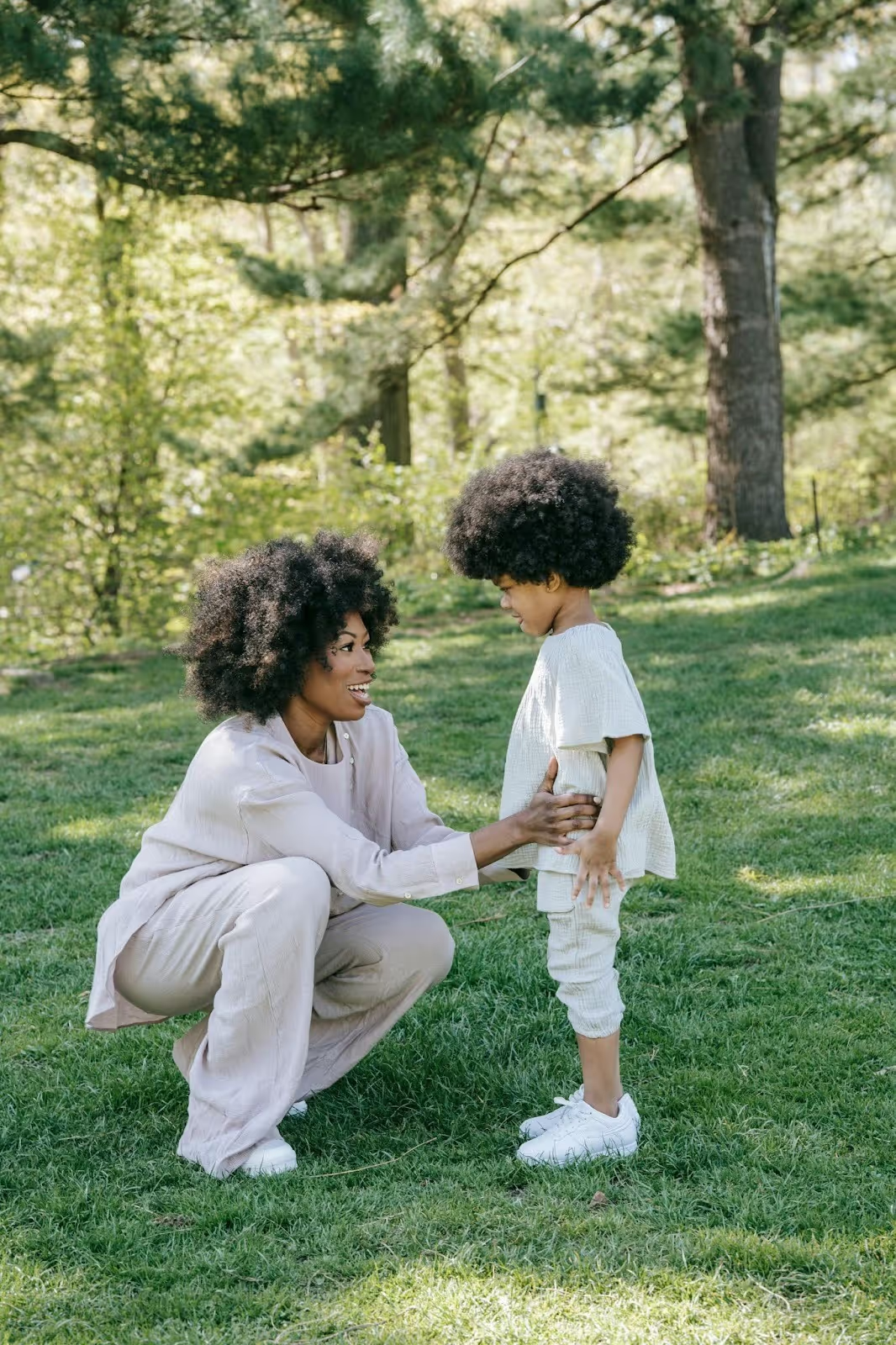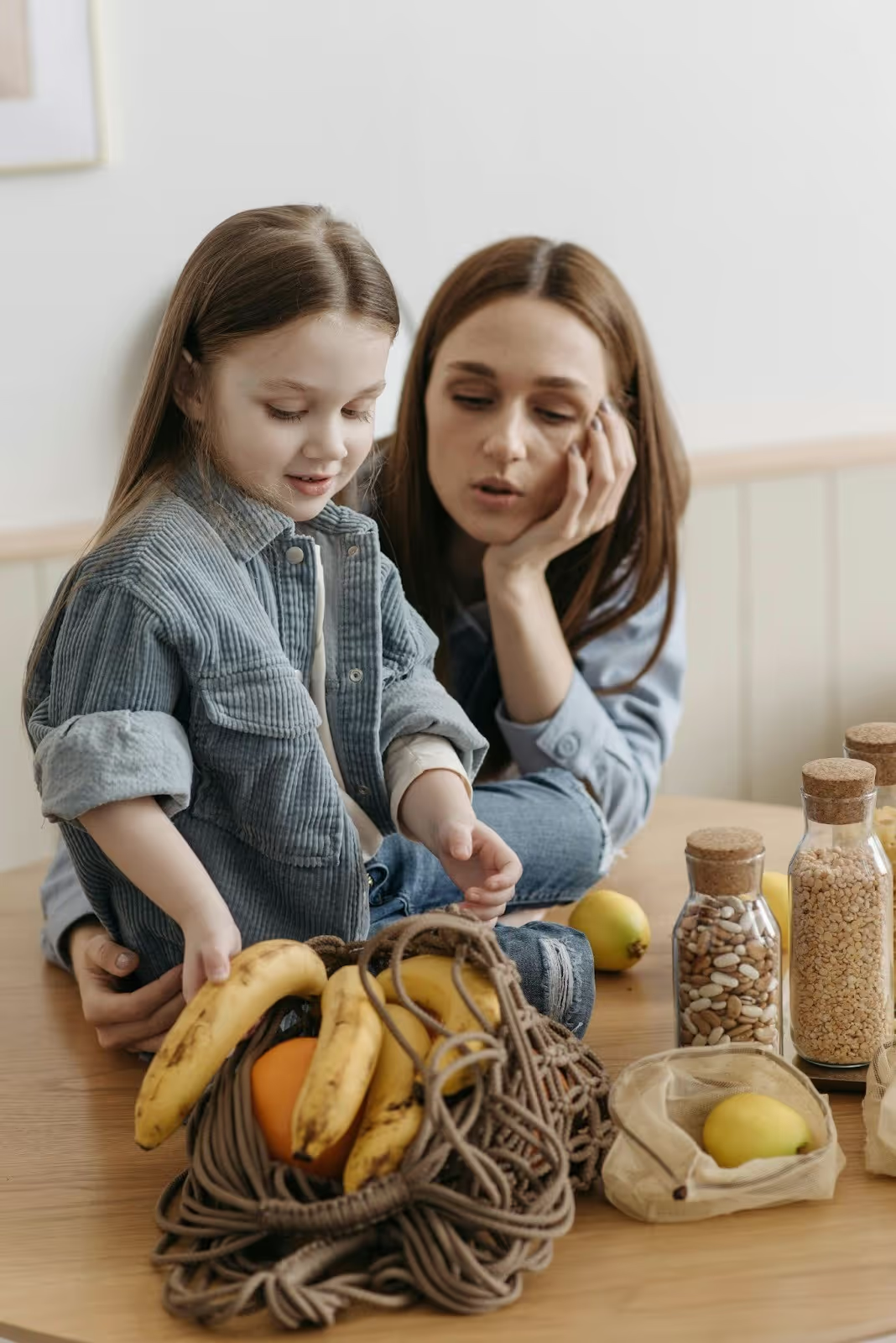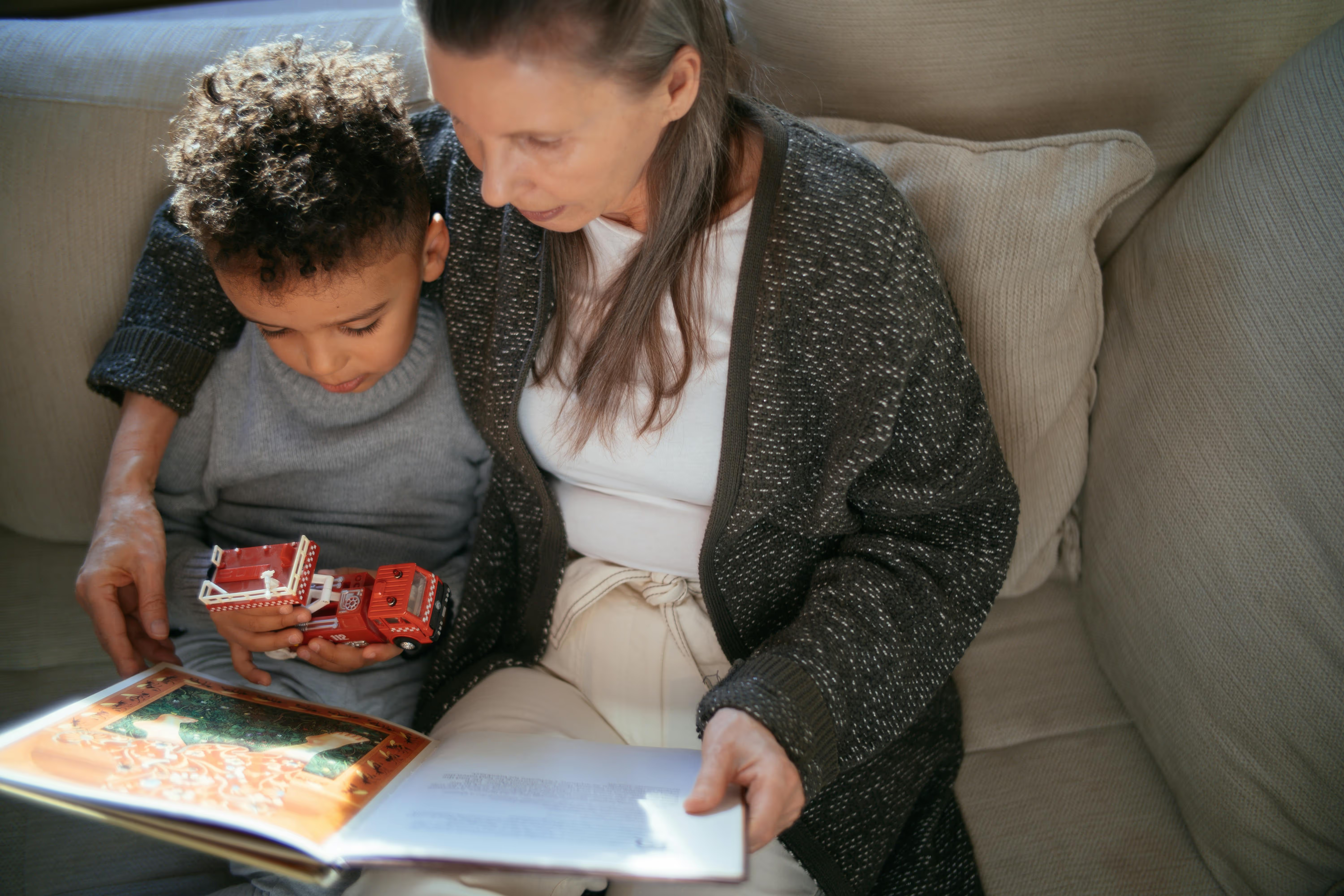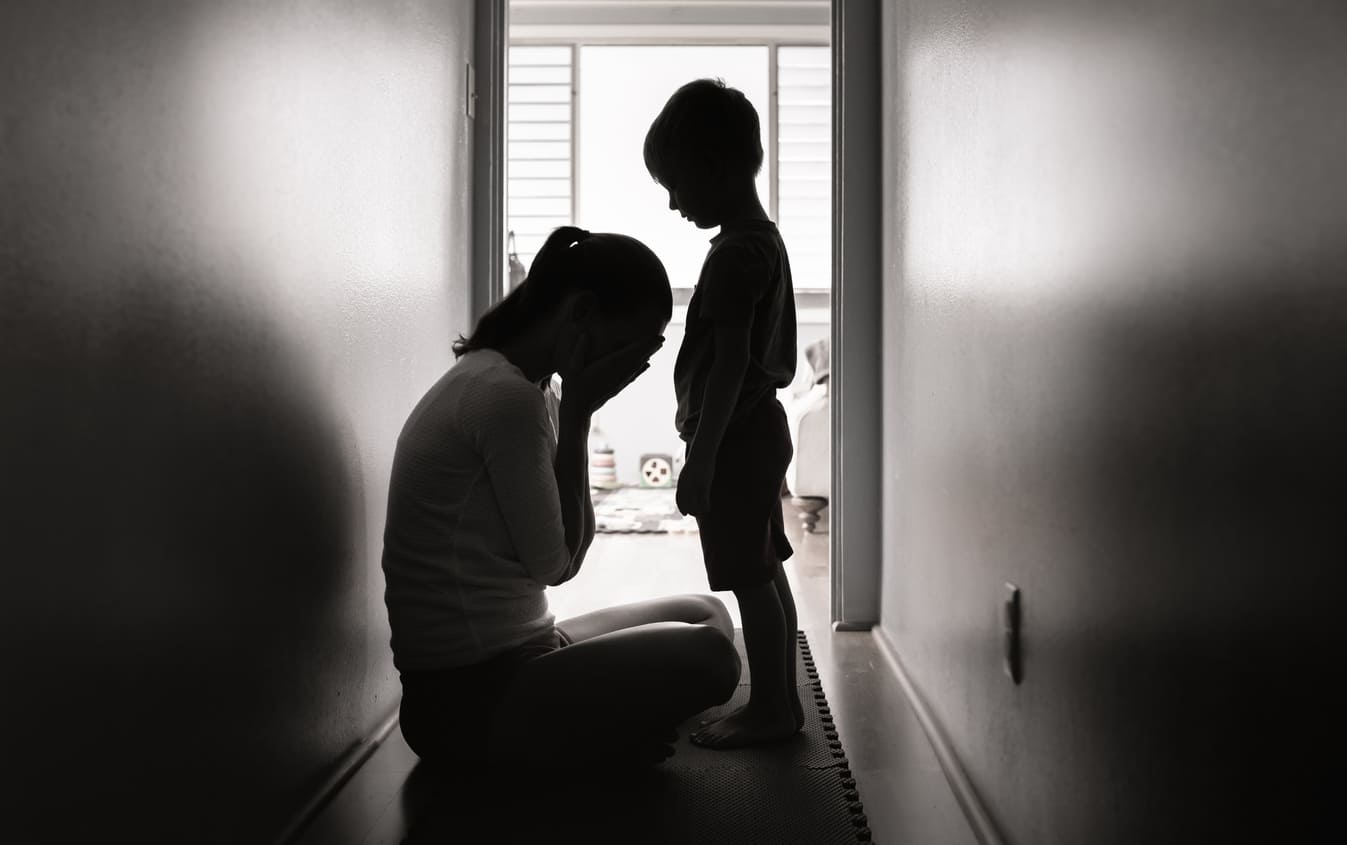We’ve all been there: the kids come home, you ask the classic, “So, how was your day?” and you get the equally classic one-word answer: “Fine.”

It’s a dead-end conversation, but it comes from a good place. We genuinely want to know what’s happening in their world! The thing is, learning isn’t just about memorizing facts for a test; it’s about making connections, wrestling with new ideas, and figuring out how you think. And one of the most powerful tools we have to support that messy, wonderful process is conversation.
By asking better, more thoughtful questions, we can help our kids (whether they’re homeschooled or in a traditional classroom) become more curious and reflective learners. It’s about moving beyond the "what" and diving into the "how" and "why."
Why Better Questions Matter: The Magic of Metacognition
That fancy word, metacognition, is really just a simple idea: thinking about your own thinking. When we ask questions that encourage reflection, we’re helping kids:
- Connect the dots: They start to see how a math concept relates to building a Lego tower, or how a story from history connects to something happening in the world today.
- Build resilience: Talking about what was challenging (and how they worked through it) normalizes struggle and builds problem-solving skills.
- Take ownership: These conversations show them that their thoughts, opinions, and questions are valuable, which empowers them to take a more active role in their own education.
The Art of the Open-Ended Question

The secret to unlocking a real conversation is swapping closed-ended questions for open-ended ones.
- A closed-ended question can be answered with a "yes," "no," or a single word. (e.g., "Did you have a good day?" "Did you learn about science?")
- An open-ended question invites a story, an opinion, or a more detailed explanation. (e.g., "What was the most interesting thing you talked about today?" "Tell me about the experiment you did.")
See the difference? One closes the door, the other opens it wide.
Your Toolkit: Question Starters for Deeper Thinking
Here are a few ideas to get you started. Try picking one or two at a time that feel natural—the goal isn’t to conduct an interview, but to spark a genuine dialogue.
To Spark Curiosity:
- What was something that surprised you today?
- Did you learn something that made you ask more questions? What were they?
- What was the most interesting fact you heard all day?
- If you could ask the author of the book you're reading one question, what would it be?
To Explore the Process:
- What was the hardest part of your day? What did you do to work through it?
- Tell me about a mistake you made today and what you learned from it.
- How did you get started on your big project? What’s your next step?
- Is there anything you think your teacher/you could have explained in a different way?
To Connect the Dots:
- Does what you learned today remind you of anything we’ve talked about before?
- Where do you think you might see that idea/concept out in the real world?
- If you were in that historical event, what do you think you would have done?
- How does the main character in your book feel? Have you ever felt that way?

Creating the Right Vibe for Conversation
It’s not just what you ask, but how and when.
- Find the right moment. The second a child walks in the door or logs off their computer, they might feel drained. Try bringing up questions during a walk, while you’re making dinner together, or over a casual snack. Low-pressure moments are golden.
- Share your own stories. Model the behavior by sharing something you learned or found challenging in your own day. It shows that learning and struggling are lifelong processes.
- Just listen. Sometimes, the best thing we can do is give them the space to talk without jumping in to solve or teach. Let their ideas breathe.
Ultimately, these conversations are about connection. They show our kids that we’re not just interested in their grades, but in the landscape of their minds—their curiosities, their challenges, and their “aha!” moments. And that’s a lesson that will stick with them long after the textbooks are closed.

.jpg)


